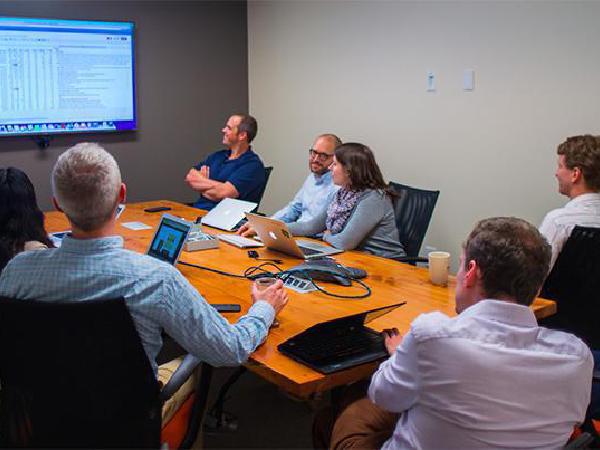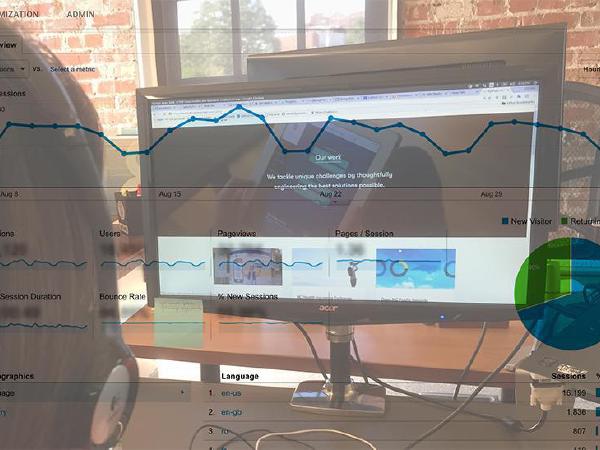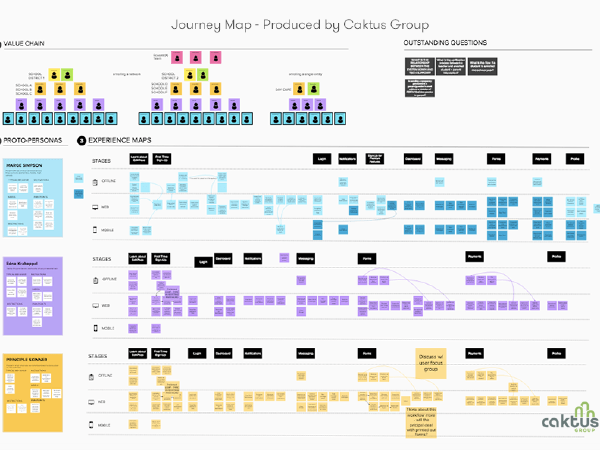Best Practice
2017

Responsive web design
What is responsive web design?
Responsive web design is an approach to web design and development whereby websites and web applications respond to a screen size of the device on which they’re being accessed. The response includes layout changes, rearrangement of content, and in some cases selective display or hiding of content elements. Using a responsive web design approach you can optimize web pages to achieve great user experience on a range of devices, from smartphones to desktop.
2016

Using Priority in Scrum to address team anxiety
In Scrum, the backlog of tasks is ordered by the Product Owner from highest to lowest business value - not merely prioritized - so that the team knows what the most valuable items are. This helps to prevent Product Owners/Project Managers from being able to say two or more Product Backlog Items (PBIs) are the “same priority.” And this makes sense for the most part. However there are times when this information is not enough.

Django is Boring, or Why Tech Startups (Should) Use Django
I recently attended Django Under The Hood in Amsterdam, an annual gathering of Django core team members and developers from around the world. A common theme discussed at the conference this year is that “Django is boring.” While it’s not the first time this has been discussed, it still struck me as odd. Upon further reflection, however, I see Django’s “boringness” as a huge asset to the community and potential adopters of the framework.

On building relationships - Digital Project Management Summit Recap
Photo of Elizabeth speaking to DPM 2016 Summit by David Jordan.
When I first became a digital project manager, I struggled to find professional resources. There was a plethora of information available for traditional project management, but not much specifically for digital project management. Luckily, a colleague recommended the Digital PM Summit, sponsored by the Bureau of Digital.
How to tell if you’re building great user experience
In web and software development, when we talk about user experience, we usually mean the experience you have when you are using a website or an application. Does it feel like you know where to click to get to your next destination? Do you know what to do in order to accomplish a task? Has anything you’ve clicked taken you to an unexpected page? Are you getting frustrated with or are you enjoying the website or app? Answers to these and similar questions are what describes the experience you’re having as a user. That’s user experience.

Principles of good user experience (UX)
Google “UX principles” and you’ll end up with a search results page that offers:
- 5 principles…
- 31 fundamentals….
- 10 principles…
- Guidelines…
- Basics….
So let’s get this out of the way: no single checklist will guarantee that you create a great user experience. Every project is different, and the development of every product should be tailored to the user segment the product is built for. But there are some principles that can guide design decisions no matter what and you will not go wrong if you follow them. Let’s talk about a few:

What Web Analytics Can’t Tell You About User Experience
Is analytics data collected for a website, an application, or a game sufficient to understand what problems users encounter while interacting with it and what prevents their full engagement?

Digital development principles: a tech firm’s take on understanding ecosystems
When we meet potential clients, we want to learn more about their software development needs. Beyond that, we’re deeply curious about the work they do, those involved, and the kind of impact they desire to make in the world.
Insights into software development from a quality assurance (QA) pro
Because quality assurance (QA) is all about creating a seamless application experience across any number of devices, it’s most successful when no one notices it. The craft and expertise behind the work of QA professionals, as a result, can sometimes feel hidden. Charlotte Fouque, Caktus’ QA Analyst, sheds light onto what exactly quality assurance is and the intricacies of doing it well.

Better Testing With Less Code (PyCon 2016 Must-See Talk: 2/6)
Part two of six in our annual PyCon Must-See Series, a weekly highlight of talks our staff especially loved at PyCon. With so many fantastic talks, it’s hard to know where to start, so here’s our short list.